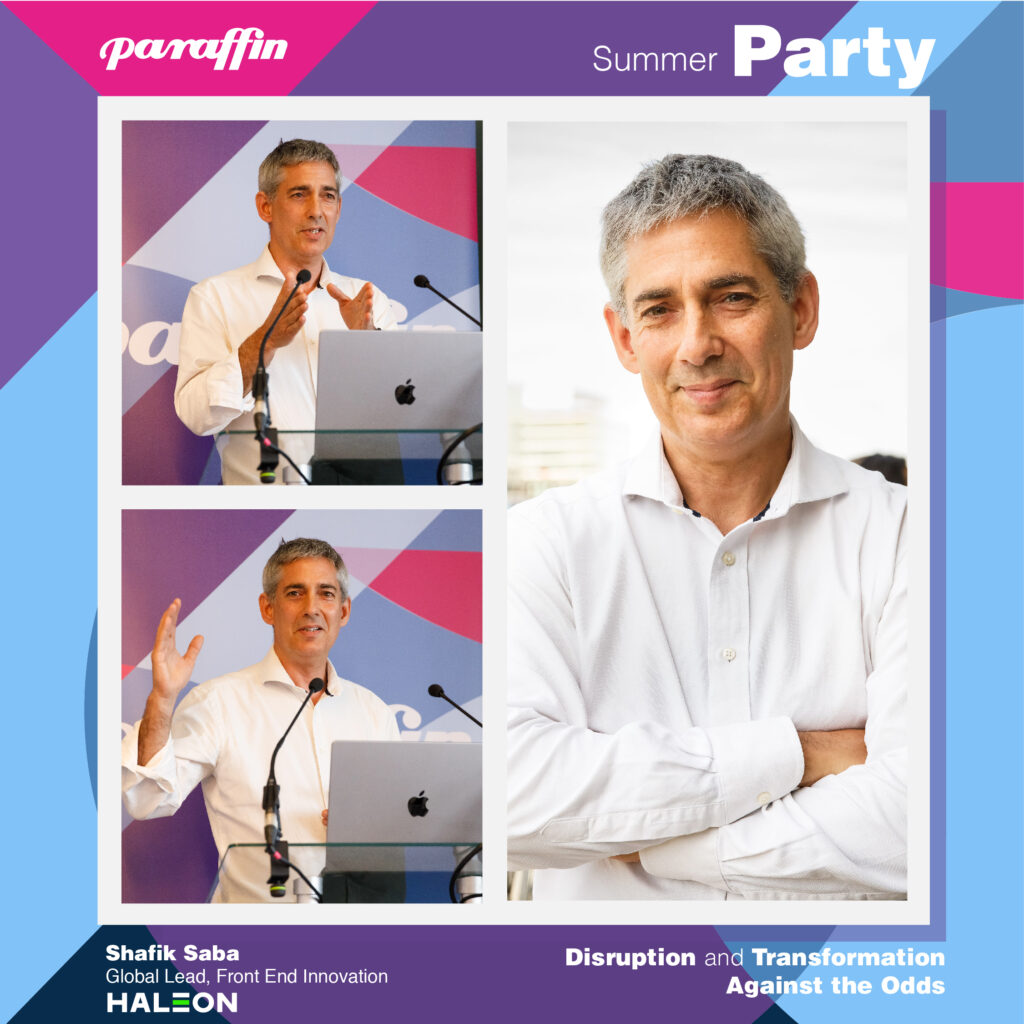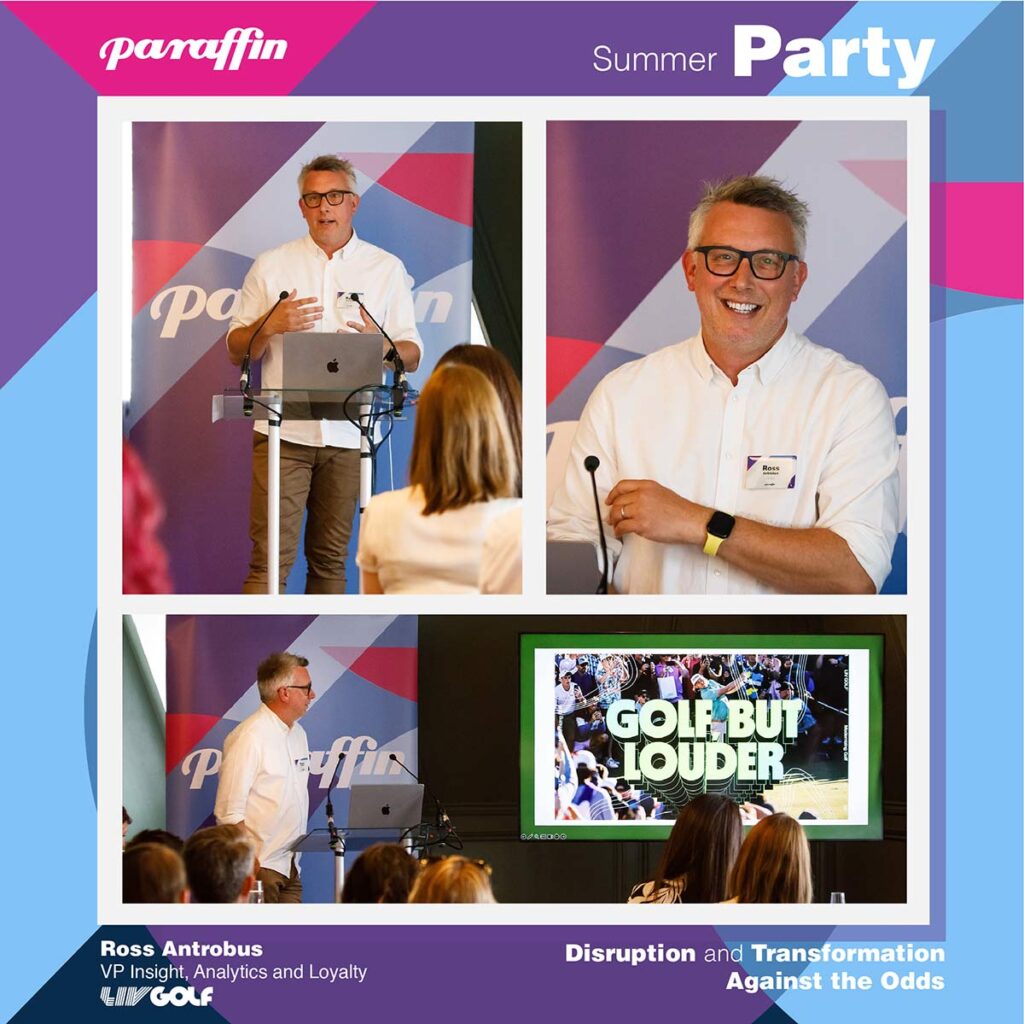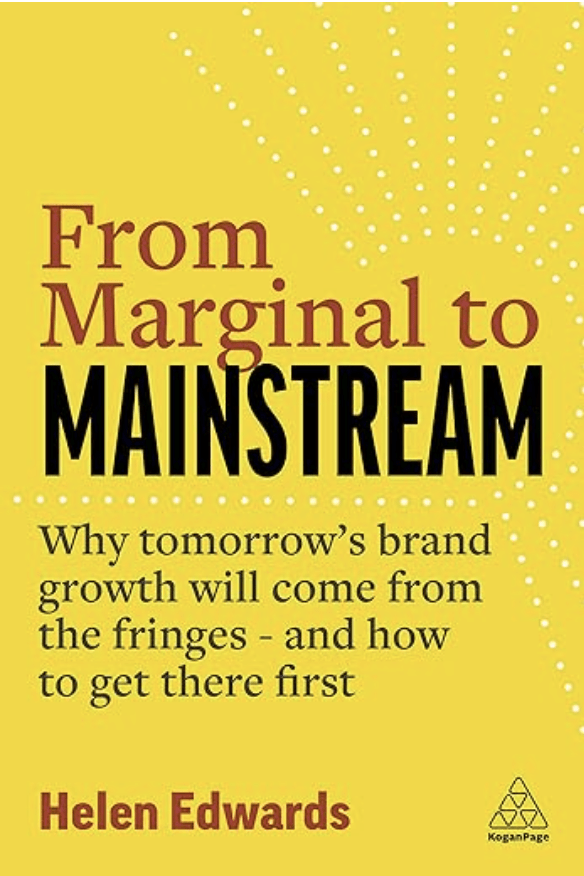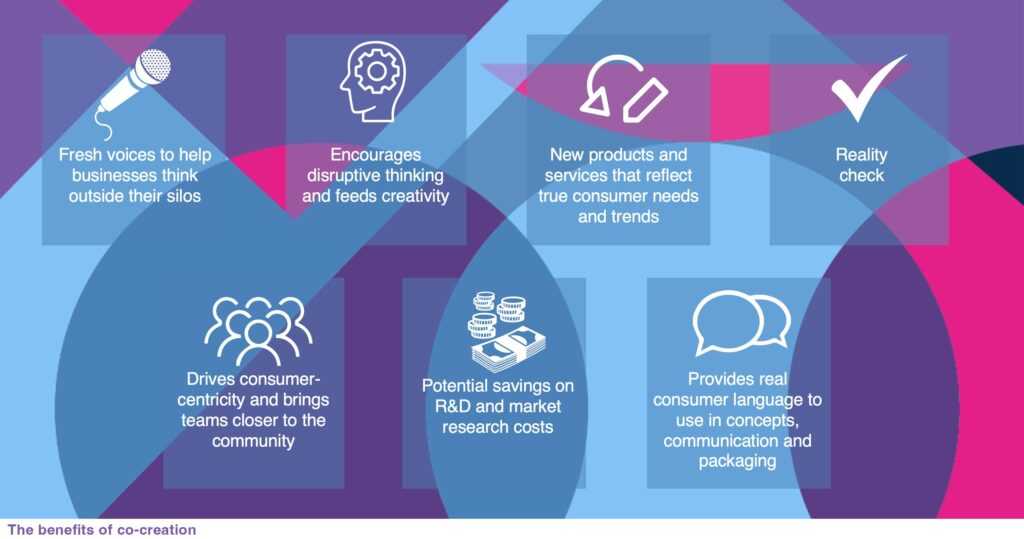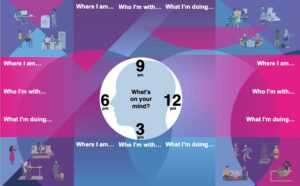We are proud to support PEAS (Promoting Equality in African Schools) and were delighted that they accepted our invitation to speak at the 2024 Paraffin event. A charity that drives secondary school education in Sub-Saharan Africa, it’s fair to say that the PEAS team – CEO Laura Brown and Head of Partnerships Emily Goulborn – were the ‘odd ones out’ in our room of brand and private sector specialists. Laura and Emily embraced our topic of Disruption and Transformation Against the Odds as a lens through which to speak about PEAS’s journey from a startup to an organisation influencing education systems in Uganda, Zambia, and Ghana, reaching hundreds of thousands of children.
The team presented us with ‘3 Ps’ – 3 areas of challenge in the organisation’s journey, which felt very relevant to our innovation and capability work:
Perseverance: The Backbone of PEAS
PEAS was born out of frustration with the fact that 75% of Ugandan children were denied access to secondary education due to a lack of schools and high fees. The founders aimed to build a not-for-profit private school offering high-quality education at an affordable cost. Despite their best efforts and hard work, the initial school was not a success due to factors beyond their control, This setback felt like a bereavement for the founders, but they did not give up. They learned from their experience and continued their mission, embodying the perseverance that remains a cornerstone of PEAS’s ethos today.
Our learning: Never give up in the face of adversity. If it seems too hard then it might just be the right sort of challenge.
Politics: Navigating the Complexities
As PEAS grew, so did its ambitions. Today they have 36 schools serving 20,000 students annually. But for PEAS that’s not enough.. Recognizing the need to scale their successful education model, PEAS decided to integrate their innovations into government systems. This shift required an understanding of the political landscape. Initially, they struggled to gain government support, learning that results alone were insufficient. Success came when they framed their proposals in terms of governmental priorities, demonstrating the importance of aligning with political contexts to achieve broader impact. And this paid off. PEAS are now operating in over 300 partner schools reaching 175,000 students outside of PEAS schools.
Our learning: Identify your influencers, understand them and find out what gets them going
Patience: Cultivating Lasting Change
Patience emerged as another critical lesson. Despite their rapid growth and ambitious targets, PEAS understands that some changes, particularly those challenging deep-rooted social norms, cannot be hurried. The organisation is committed to disrupting harmful practices, such as corporal punishment and gender biases, which need cultural sensitivity, strong local leadership, and trust. Laura shared a heartwarming example of a male student proudly displaying a reusable sanitary towel he made as part of a new business competition, reflecting significant progress in changing attitudes towards menstruation and female education.
Our learning: Major change such as cultural shifts can be slow to arrive – it’s a long game but the final rewards make it all worthwhile.
As Laura noted, the mission to reimagine and disrupt education in some of the world’s most challenging contexts is not supposed to be easy – but it is undeniably impactful. PEAS closed the speeches with amazing food for thought and we thank them so much for coming.
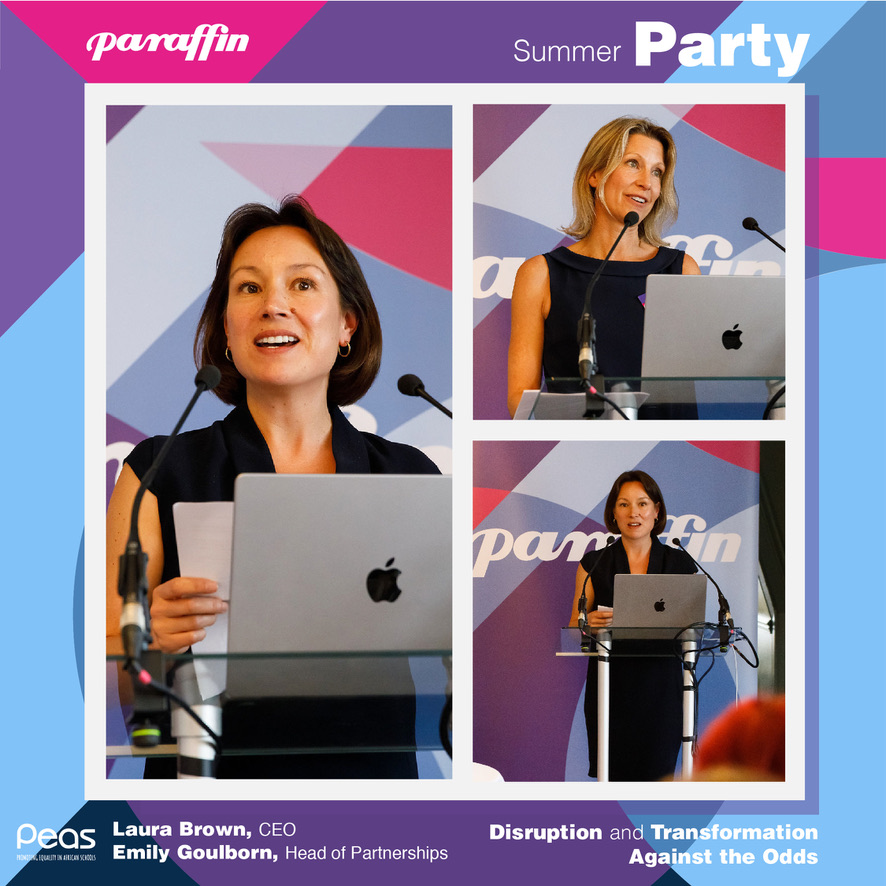
—-
Only 1 in 3 children in Africa has access to secondary education – you can help change this. We urge you to find out more about PEAS and support the great work that they do: www.peas.org.uk or partnerships@peas.org.uk
